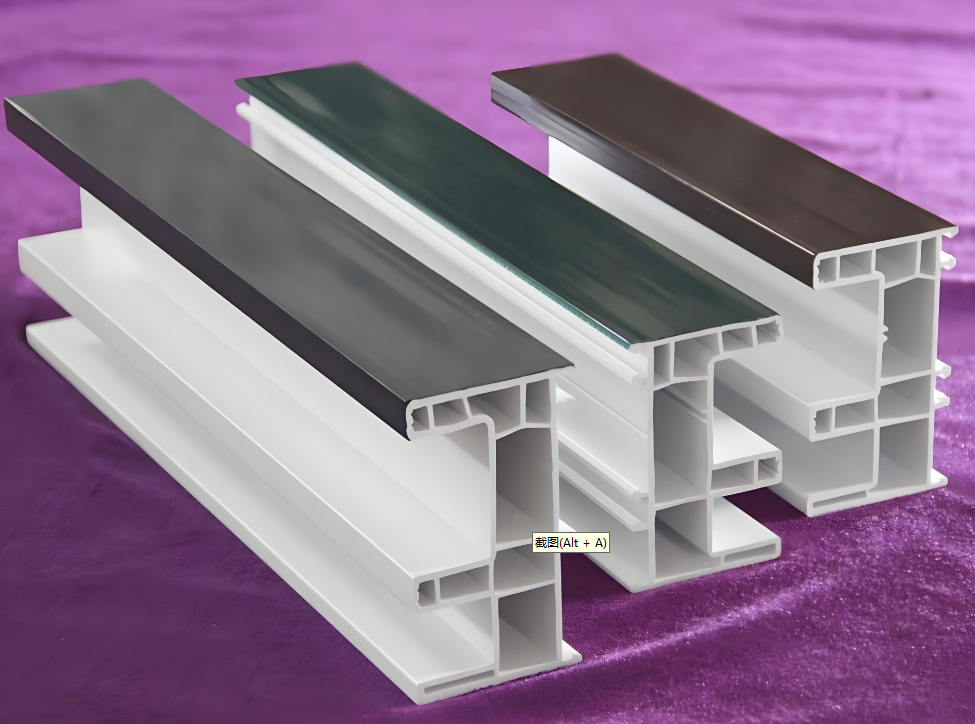
Plastic steel profiles are the main material for making plastic steel windows. Plastic steel windows made from plastic steel profiles are not only affordable, but also have sound insulation and thermal insulation functions; But many ordinary people have a bad impression of plastic steel windows, thinking that they are inferior doors and windows; The reason for this phenomenon is that a large number of unqualified plastic steel profiles flood the market.
So learning to distinguish the quality of plastic steel profiles can avoid the occurrence of inferior plastic steel windows; Next, let’s take a look at the key inspection points for plastic steel profiles.
Key points for testing plastic steel profiles
Is it a national standard product
There are strict standards for plastic steel profiles: visible surface 2.5mm or more, non visible surface 2.2 or more; When purchasing plastic steel profiles, the dimensions of the visible and non visible surfaces of the product can be checked.
Is the window made sturdy
The corners of plastic steel door and window frames and sashes are usually welded, and the national standard requires an average corner strength of over 3000N. The connectors and fasteners should be firm, and the hardware of doors and windows should have sufficient thickness of steel lining support inside.
Is the size accurate
Mainly reflected in the accuracy of size. It includes the actual measurement of the size of the opening and the size of the fan and frame after installation. In practice, inaccurate dimensions often affect the opening and sealing of doors and windows. The overlap between ordinary door and window frames and sashes is generally 8-10mm. If the size is too small (such as 4-5mm), its sealing performance is questionable.
Is the sealing performance good
The size will affect the sealing, and if the manufacturer purchases unqualified accessories, it will also affect the sealing. Some manufacturers use inferior rubber strips, which start to shrink within six months, resulting in a large gap between the glass and the fan, making it easy for rainwater and air to enter the room.






